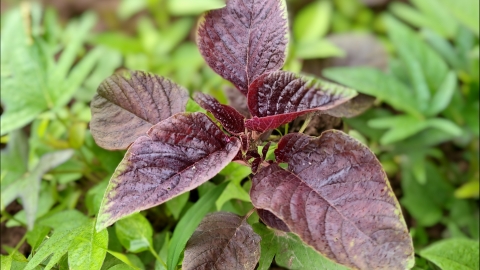How does the antioxidant capacity of red amaranth compare?
Generally, red amaranth contains various antioxidant components and has a certain antioxidant capacity. However, its antioxidant effectiveness may vary depending on freshness and consumption amount. If you have any concerns, it is recommended to consult a healthcare professional in advance. Detailed explanation is as follows:

If red amaranth is fresh and properly cooked, nutrients such as vitamin C and anthocyanins can be preserved. When consumed in appropriate amounts, it can exert a better antioxidant effect, helping to reduce damage caused by free radicals. In such cases, the antioxidant capacity is relatively significant.
If red amaranth has been stored for too long or cooked improperly, leading to nutrient loss, or if the intake amount is very small, the concentration of antioxidants may not reach an effective level. In this case, the antioxidant capacity will be significantly reduced, making it difficult to achieve noticeable effects.
When consuming red amaranth, fresh ingredients should be selected, and cooking methods such as quick stir-frying or cold mixing are recommended to minimize nutrient loss. Antioxidant benefits should be achieved through a combination of various foods. If you have specific health needs, it is advisable to consult a healthcare professional to develop a suitable dietary plan, rather than relying on a single food item.





